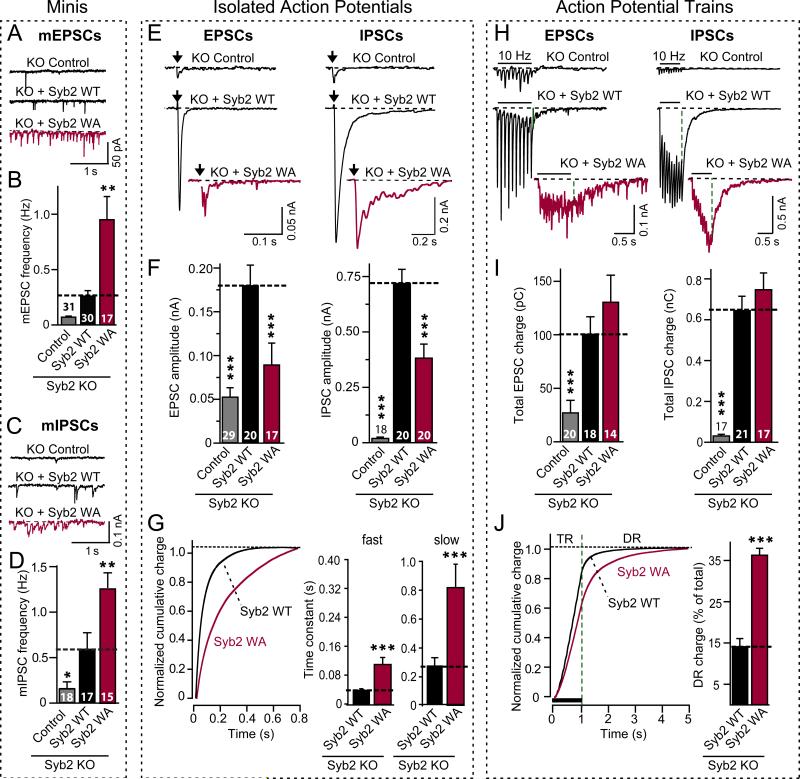Figure 3. A mutation in the membrane-insertion sequence of synaptobrevin (WA-mutation) phenocopies the complexin knock-down.
Recordinges were performed in synaptobrevin-2 KO neurons expressing either GFP only (control), wild-type (Syb2 WT), or WA-mutant (Syb2 WA; see Figs. S6 and S7). A-D, Representative traces (A, C) and mean frequencies (B, D) of spontaneous mEPSCs (A,B) and mIPSCs (C,D). For synaptic targeting of WA-mutant synaptobrevin-2, see Fig. S11; for mini amplitudes, Fig. S12.
E and F, Representative traces (E) and mean amplitudes (F) of EPSCs (left) and IPSCs (right) evoked by isolated action potentials at 0.1 Hz.
G, Timecourse of isolated IPSCs, analyzed as cumulative normalized charge transfer (left), and fitted to a two-exponential equation yielding time constants of fast and slow phases of release (right; see Fig. S9 for scaled superimposed IPSC traces).
H and I, Representative traces (H) and mean synaptic charge transfer (I) of EPSCs (left) and IPSCs (right) evoked by 10 Hz action potential trains (see. Fig. S14 for quantitations of charge transfers).
J, Timecourse of the cumulative IPSC charge transfer during the 10 Hz stimulus train, analyzed as the cumulative normalized charge transfer (left; train release = TR; delayed release = DR) and illustrated as the fraction of delayed release of the total synaptic charge transfer (right).
All scale bars apply to all traces in a series; all bar diagrams depict means±SEMs; statistical significance was evaluated by ANOVA in comparison to wild-type synaptobrevin-2: *** = p<0.001; total number of analyzed neurons in 5-6 independent cultures are shown in the bars in B, D, F, and I).

